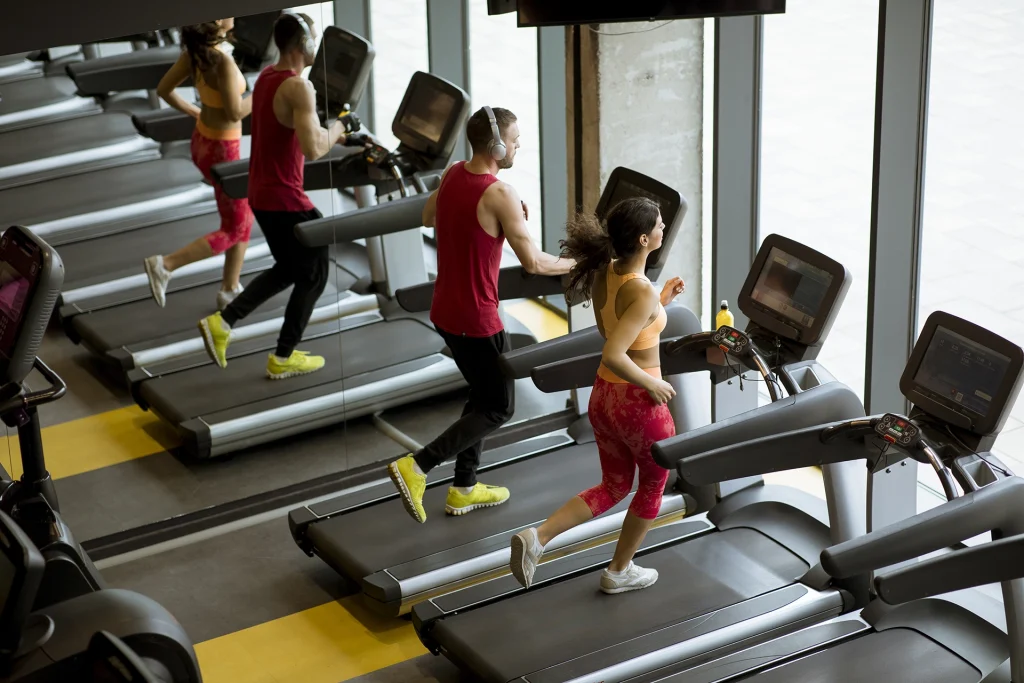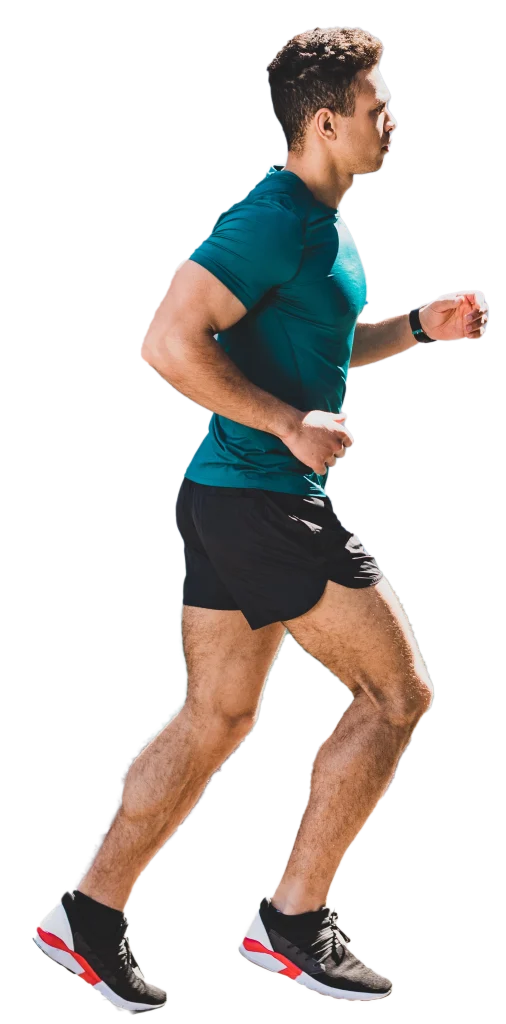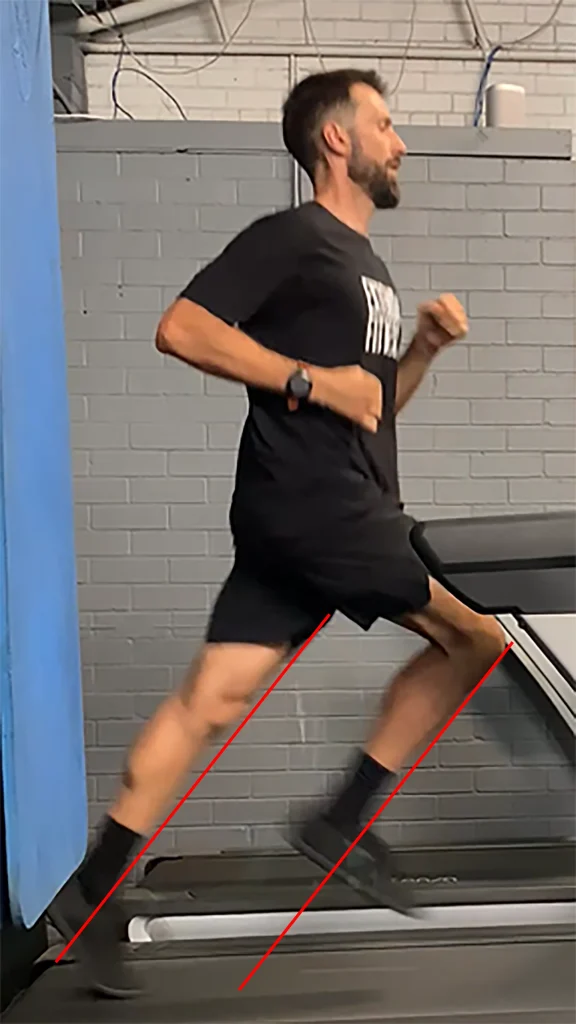FITNESS
Top Technique Tips For Better Running

We know running is popular because:
- It’s cheap and convenient
- It gets you outside, accessing the mood-boosting superpower of nature
- Running is the backbone of many sports – AFL, soccer, hockey, you name it
- Runners can take part in really great mass participation events, from The London Marathon to their local parkrun.
Given this, it’s no wonder that you – as a fitness professional – will find yourself fielding questions from clients about running training and technique.
Of course, as great as it is, running can be uncomfortable and injurious, with running-related injuries common. To help your clients minimise their risk of injury and improve overall comfort, you need to know the fundamentals of sound running form.
The basic elements
Technique is important because it’s one of the key factors influencing running comfort and the likelihood of injury (the other elements are training habits and strength).
Some people can optimise the way they run with no conscious effort; their body simply makes adjustments to improve efficiency and resilience, over time. For others, sub-optimal technique is a barrier to progress – normally, because their technique is contributing to pain or injury; so, these people need to focus on their form. For both groups, good technique and running fitness exist as a symbiotic, interdependent relationship; they can elevate or lower each other.
Good technique looks different on different runners. One reason for this is due to body proportion. For example, long-legged people tend to run taking fewer steps per minute, in a loping style much like a gazelle. In comparison, shorter-legged runners have a more rapid turnover with a low-to-the-ground, gliding style similar to that of a wombat (PS. Wombats can move fast, don’t worry about that!). And whether you’re a gazelle or a wombat, you can run both well, or poorly!
Here’s what to look for in your clients, and how you can cue form changes. To review these factors, it’s a good idea to film your client running on a treadmill (at a pace which is somewhat brisk for them). Take 10 seconds of footage from the side, and 10 seconds from the front.

Correct Technique:
Upright spinal posture, with forward lean appropriate to speed.
What you want to see is:
- Ears are over the shoulders
- Shoulders are stacked over the hips
- Hips are over the feet with the feet under the hips.
While running, the spine has its normal curves, but all the curves should be LESS accentuated compared to when standing relaxed.
The sternum is lifted and shoulders are back slightly – with tension in the mid to upper back between the shoulder blades.
Pelvis is tilted back (backwards), using lower abdominals. Many people run with an excessive arch in their lower back, which can lead to inefficient use of the legs. Clients should feel some abdominal tension above the pubic bone and they may like to experiment with tilting their pelvis backwards, flattening out the low back. They can try switching that adjustment on and off, and gauging the effect on how their running feels and how noisy their feet are (heavy footfalls can indicate inefficient stride).
Some people encourage a forward lean to improve efficiency. And it’s true that this can help – you can generate some momentum by falling forwards. But your lean needs to match your speed. Faster speeds need more leaning.
If the lean is too aggressive, clients may start to over-reach or over-stride (same phenomenon, different terms). You’ll know they’re doing this by an increased heaviness when their feet hit the ground, or maybe a slapping noise.
Cues:
- “Imagine you’re being pulled up by a string attached to the very top of your head”
- “Run tall”.
Correct Technique:
Feet land under hips, and hips stay over feet.
Overstriding’ or ‘over-reaching’ is when the foot hits the ground far ahead of the hips. What typically happens in this situation is that the brakes go on, which wastes precious energy. This way of moving can also set up the legs to move excessively in the lateral plane, in a way which may increase injury risk. As such, it is a technique that you should encourage clients to avoid.
A simple way to identify an overstride is to look at whether the shins are in parallel with each other when the rear foot is just about to leave the ground. If the front shin has advanced far beyond that parallel line position, then it’s likely that your client is over-striding.
To prevent over-striding, your client needs to nail their upper body and spine posture (as mentioned above), while also using the arms effectively (see below).
Cues:
- “Run tall”
- “Drive the knee forward and let the foot land where it wants to”
- “Don’t reach out with the foot.”
Correct Technique:
Good use of the hip muscles.
The glutes and hamstrings are the powerhouse for running – they drive the pistons in the engine. By strengthening these muscles, and focusing on driving with the butt, your clients can maintain a good speed for longer.
Also needed is good flexibility into hip extension (thigh travelling behind you) – this will ensure you get the most from the hips. Stretching tight hip flexors can help clients to extend that joint, which may also reduce over-striding and improve comfort.
Cues:
- “Squeeze your glutes a little to push you forwards”.
Correct Technique:
Shoulder rotation.
Good runners have a constant, gentle, rhythmic shoulder and spine rotation. This helps them to use the stored elastic energy in the tendons of the hip and arm muscles to drive propulsion. It’s kind of like free energy!
Accessing this rotation can be achieved by emphasising shoulder extension (driving the elbows back, and not just bending and straightening the elbows).
Cues:
- “Imagine you’re sawing wood with your hands”
- “Drive your elbows back strongly”.
Correct Technique:
Appropriate cadence.
Cadence refers to the number of steps you take per minute. For a few years, there was a lot of hype about 180 steps per minute as being a magical cadence for performance and injury prevention. But the reality is, there’s no magical number where your cadence is definitely right.
Generally speaking, cadence is lower at slow speeds and higher at fast speeds. And people with short legs will naturally have a higher cadence than those with long legs.
It can be worthwhile to try and increase cadence but you need to be cautious about radical changes, as too high a cadence can be very tiring. To allow your clients to adapt safely and successfully, nudge it up over time.
By heeding these running technique tips, your clients will be feeling great and achieving PBs in no time!

Tim Karajas
Tim is Head Coach at Extension Fitness, and an expert in running technique retraining for recreational distance runners.
